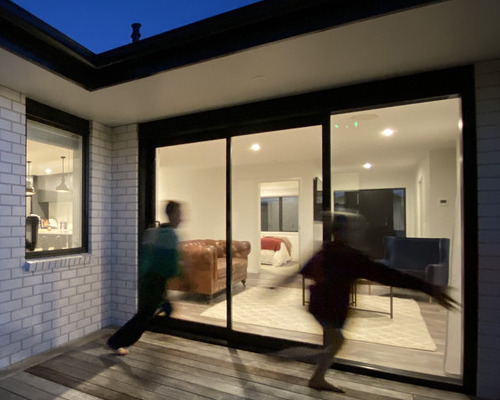Our planned and unplanned results 2022-23
During the past financial year (1 April 2022 – 31 March 2023) we met our targets for planned outages but exceeded our target for the duration and frequency of our unplanned outages.
Despite challenges associated with storm events, as detailed below, we’re confident the major and minor investments in the electricity network that were completed during the past year will result in reliability improvements going forward.
Planned outage targets
We put a lot of planning into what improvement work should be carried out on our network and when, factoring in any efficiencies, such as combining tree trimming near lines at the same time as line maintenance and upgrades. This forethought to investing in the network enables us to control the duration and frequency of planned outages needed to safely carry out the work.
We also know that outages are inconvenient for our customers – even when they’re planned, and you know about them ahead of time. That’s why we work carefully to coordinate our planned outages, to minimise disruption as much as we can.
We met our planned outage targets for the year, coming 3.6% below our target for the frequency, and 5% below our target for the duration, of our planned outages.
Unplanned outage targets
We went over our unplanned SAIDI and SAIFI outage targets for the year, which means that, on average, our customers experienced more frequent and longer outages than the year before.
Unplanned outages are caused by anything from trees falling on lines, animals or other objects coming into contact with lines or damaging equipment, vehicles colliding with poles, stormy weather and lightning strikes, to excavators hitting underground cables.
And while our field crews are ready for anything when responding to an unplanned outage, increasing extreme weather events are impacting the duration and frequency of these outages as our climate changes.
The past year has been one of the most challenging in recent memory. We had 28 storm days during the year, including four ‘major event days’, three of which were related to Cyclone Gabrielle. More than 107,000 – approximately 33% of our network – had their power affected by Gabrielle, with more than 1,800 outage jobs issued for restoration. It was particularly difficult for our customers who were without power for extended periods of time, with our crews having difficulty reaching fault sites to make repairs because of severe slips and flooding. The severity of Gabrielle also meant we needed to rebuild parts of the network to enable power to be reconnected to our customers.
Improving our fault response
While we’re disappointed to have gone over our unplanned outage targets, we’re continuing to progress with a number of improvement initiatives, including:
• Being able to more correctly pinpoint where faults are so we can fix them more quickly by using technology such as line fault indicators and distance-to-fault data from protection relays.
• ‘Hardening’ parts of the overhead network that are prone to severe damage during storms and take longer to repair and delays getting customers reconnected. Depending on the equipment currently being used, this could mean installing more flexible timber and composite poles at certain points, and stronger conductor that can handle higher shock loading, as well as ensuring the equipment being used is still fit for purpose.
• Our ‘fault fast-track’ (FFT) group which focuses on reliability improvements across our network. The FFT group has expanded its work programme for FY24, including investigating what’s causing repeated outages on some sections of lines and carrying out improvement work.
• For major events, such as Cyclone Gabrielle, we’re enacting the Coordinated Incident Management System (CIMS) response. CIMS is New Zealand’s official framework to achieve effective coordinated incident management across all responding agencies, including life utilities, emergency services, local and central government and National Emergency Management Agency (Civil Defence). Using this recognised and proven framework means we can better target assistance, such as providing generation where it’s most needed. During a CIMS event, teams from throughout Powerco, along with our service providers, work in unison to get customers reconnected as quickly as possible, while keeping our crews safe.
• Working with our Downer fault response crews to see how we can respond to outages more quickly. Downer is our fault response provider, so when an outage occurs on our network, a Downer field crew is sent to make the repairs. We’re closely monitoring weather reports to ensure we have crews on call in the right places at the right times ahead of storm events, as well as spare equipment.
• In the past year we bought the Downer fault dispatch team into our Network Operations Centre to work directly alongside our Customer Services team to help relay information about outages more quickly between teams.
Along with these initiatives, we’re confident the major and minor investments in the electricity network that were completed during the past year, some with planned outages, will result in reliability improvements for our customers going forward.
-
 Project update
Project updateThursday, July 28, 2022 We met our targets for planned outages, but exceeded our target for the duration of unplanned outages.View more Project update
Project updateOur planned and unplanned results 2020-21
Tuesday, July 27, 2021 We met our targets for planned and unplanned outages.View more
